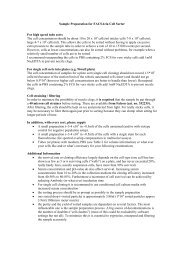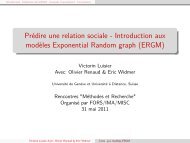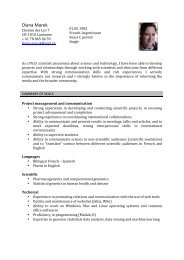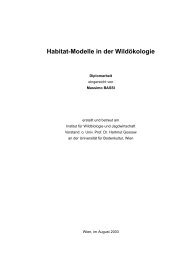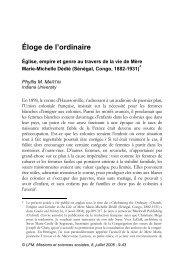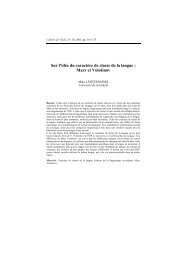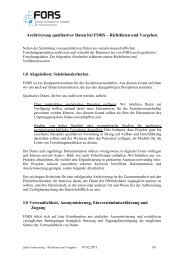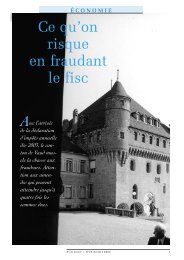conference programme book - European Survey Research ...
conference programme book - European Survey Research ...
conference programme book - European Survey Research ...
Create successful ePaper yourself
Turn your PDF publications into a flip-book with our unique Google optimized e-Paper software.
34 TUESDAY 19 JULYnon-response bias. Understanding non-response bias requires informaon about the enre sampling frame.Even when this informaon is available, researchers have commonly grouped the sample into completes andnon-completes, which may mask differences between types of non-respondents. In contrast, this study examinestotal non-response bias, and bias associated with specific reasons for non-parcipaon.Data come froma mixed-mode survey (mail and telephone) of enrollees in a public health care program (RR 44.3%)...1.10.3 Experiences from 40 Years of the Cologne High School PanelK. Birkelbach 1 , A. Grauenhorst 21 University of Cologne, <strong>Research</strong> Instute for Sociology, Germany; 2 Universität zu Köln, Germany(CHiSP: 1969/70, 1985, 1996/97, 2010) We will present experiences from a longitudinal study of former Germanhigh-school students (German ”Gymnasium”) who have been interviewed four mes between ages 15and 56 and discuss strategies used to reduce panel mortality.1.11 Value and atude changeTo be held on July 19, 2011 from: 11:00 to 12:30, in room 413.Coordinated by: Guy Elcheroth - University of Lausanne, Switzerland1.11.1 Dynamics of social phenomena: Composite measures as a soluon to comparave stascal measuresK. Prevodnik 2 , V. Dolničar 2 , V. Vehovar 11 University of Ljublana, Slovenia; 2 University of Ljubljana, Faculty of Social Sciences, SloveniaSocial surveys are increasingly becoming indispensable resources for decisions on policies and acons. Veryoen, however, we also observe phenomena thru me, where interpretaons are very vulnerable towardsmethodological treatment. Usually, the empirical analyses focus only on basic comparisons of absolute (e.g.10% difference) or relave change (e.g. 2% increase), while somemes also the me distance is also involved(e.g. 5 year delay).1.11.2 Welfare atudes in a changing Europe: a class and gender perspecveJ. Ferreira de Almeida 1 , R. Brites 1 , A. Torres 11 Instuto Superior do Ciências do Trabalho e da Empresa - ISCTE, PortugalWell-being associated with a posive perspecve is a quality of life subjecve indicator. Knowledge about<strong>European</strong> cizen’s well-being percepon becomes possible thru ESS round 4 data analysis. We have access,then, not only to a powerful instrument for quality of life comparave analysis between countries but also it ispossible to contribute for policy makers informed decisions on this issue. Subjecve well-being study increasingrelevance is due to the impossibility of reducing relevant social analysis to tradional economic measurementindicators, as for instance GDP per capita.Therefore, the aim of this paper is to map well-being atudes acrossEurope. Our main contribuon, however, is to illustrate how social class and gender do differenate individuals’welfare atudes.1.11.3 Pseudo-opinions in public opinion researchK. Reuband 11 University of Duesseldorf, Germany<strong>Survey</strong> respondents oen give an answer when they are not able to give one. This has been amply studied sincePhilip Converse seminal paper on ”non atudes” (1964). There is less knowledge however about how manypeople present themselves as knowledgable on issues that do not exist. Drawing on local face-to face-surveys



